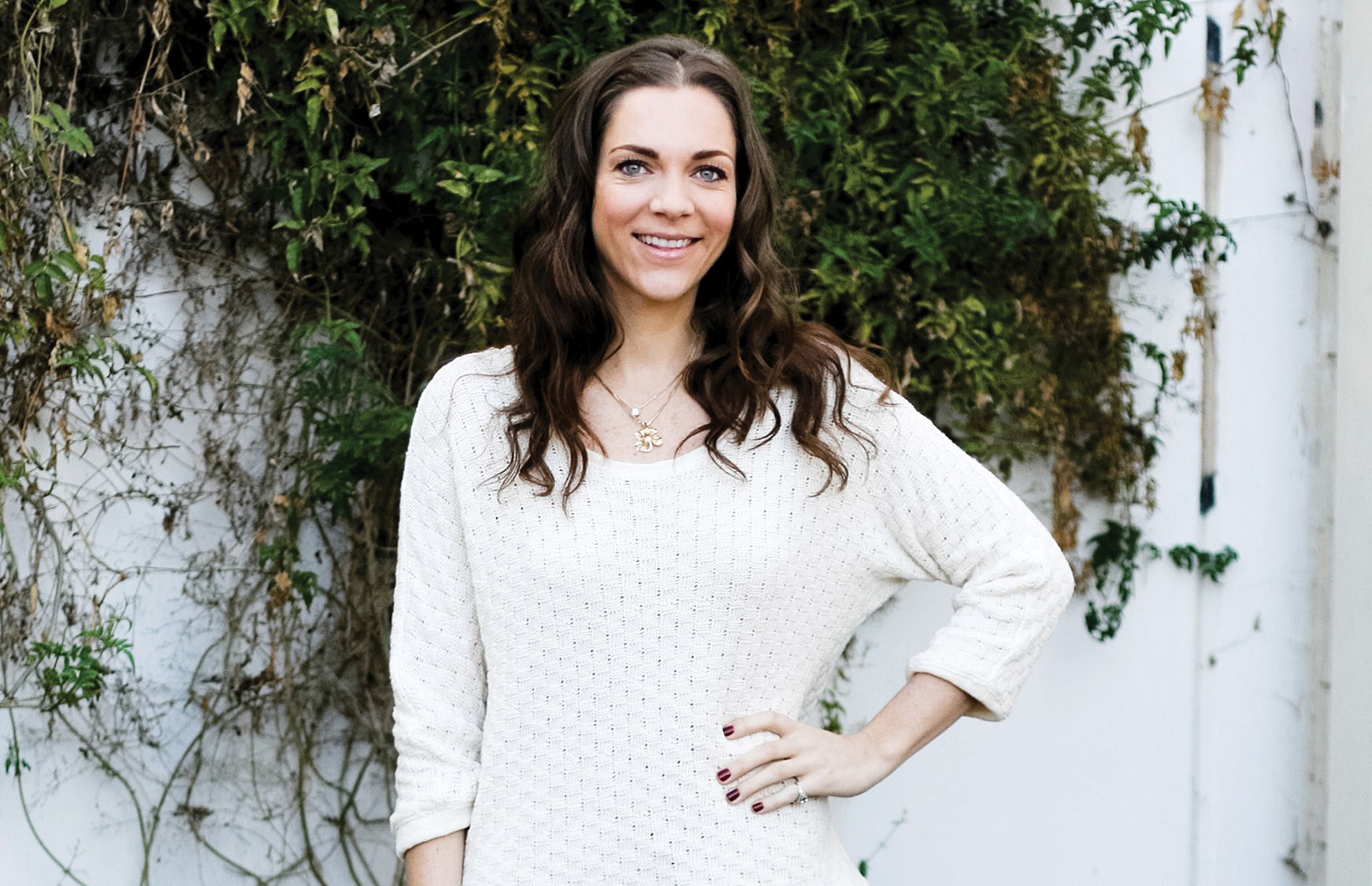Creating designs with the mission to make women feel happy is the secret sauce behind the successful Piper Gore brand. When Piper, 33, left her corporate career in the fashion world to pursue designing, she wanted to bring some fun back to the often times begrudging task of figuring out what to wear. Piper’s namesake label, Piper Gore, features chic, functional pieces in comfort-driven fabrics.
Piper transformed her hobby into a successful business, without any formal design training, by reminding herself not to over think it—a skill that already deserves praise! Her first collection launched in Fall 2012 and immediately caught the eye of retailers and consumers everywhere wanting to fill the need for casual premium basics. It’s easy to see why Piper trusted her gut instincts to guide her to the top.
Career Contessa had the opportunity to chat with Piper in her LA studio about the path that led to her career change, how she maintains her everything-will-work-out philosophy and why she is committed to making people look and feel happy. Between her past industry experience and fresh reflections on launching a new company, Piper’s story is valuable perspective for all.
Her Starting Point
What was your first job out of school and how long did you have it?
My first “real” job was working for the corporate side of Lucky Brand Jeans. I worked there for four years. Loved it.
How and why did you transition your career into the corporate side of fashion?
I started on the corporate side. I started as an admin just to get my foot in the door. Thankfully that only lasted a couple of months (I was truly terrible at it) before I was moved onto the Retail Training and Development team. At the time, Lucky was a small grassroots, hands-on company and I was exposed to all aspects of working for an apparel company. I credit my time spent at Lucky and the relationships I made there for giving me the experience, courage and support to start my own line.
When did you discover your passion for design?
I have always loved clothes. As far as a passion for design, that manifested from a love of making people feel good and look beautiful. I also realized that I was constantly envisioning things in my mind that I longed to actually create.
Impressively, your design skills are self-taught! Tell us about this process.
Personally, I learn more from real life experiences than in a classroom setting. I’m sure it is not the most efficient way to have gone about it, but it works for me. Even though I was a pretty decent student in school, I have found that I learn through doing, and it’s always at my own speed. I’m not afraid to ask questions and, though I always try to focus on my strengths, I believe in developing my areas of opportunity as well.
Her Big Break
Tell us about the process of starting Piper Gore. What was your first step and how long did you think about the idea for Piper Gore before it became a reality? What concerns did you have over leaving the “safe” corporate world?
The first step I took in starting Piper Gore seems convoluted; it’s hard to explain. It just felt like a mad dash to the starting line. Simply put, the first steps arose from a gut feeling that ultimately drove the reasoning behind the designs. Business-wise, there are all sorts of really tedious, clerical but necessary steps I took, along with more creative measures, like designing the logo, website, etc.
It’s hard to isolate those first steps since there were a lot of things contingent upon one another. Some steps feel like they take forever and then a bunch of things will happen all at once. In terms of the actual idea to design, it was a couple months before I felt like there was really some satisfying, tangible progress.
I certainly had my concerns with leaving the safety of the corporate world, but I’m fortunate that I enjoy taking risks, challenging myself and try not to overthink things—something that has definitely been helpful along this journey. It seems that we overthink so much these days. We spend so long planning, and yet it usually comes out so different anyway. I have maintained the philosophy to close both eyes, take that leap of faith and always believe 100% that things will work out.
How did you learn the ins and outs of running a business?
I learned as I went. It was hard then, and still is today. Every day you are dealing with new challenges that force you to be resourceful and determined. It gets really exhausting sometimes, but it’s always incredibly rewarding. I’m the kind of person that gets pretty competitive, and I often feel like I’ve run a mental marathon by the end of the day. I ask a lot of questions and trust my instincts. Thankfully there is Google and I have friends in the industry that are very generous with their time and expertise fielding all my questions. It’s a lot of networking.
Your corporate career included big names, such as Levi’s and Lucky Brand. How did those experiences help you at Piper Gore?
The relationships and experiences I made at Lucky were instrumental in my drive and ability to start my own line. I learned a lot, in both technical skills and self-development, as a businessperson. And I definitely still have a lot to learn. I have a few key people I really trust, and I often reach out to them for guidance.
Your first collection officially launched Fall 2012. How did you market your brand and find buyers?
I work with Kenwerks for PR and brand strategy and Cricket Showroom East Coast for sales. Ken and his team have done a great job getting the line out there to celebrities, blogs, fashion editors and stylists. PR and sales are key in maintaining the buzz about a brand! Cricket Showroom East Coast has a great reputation and we have been really successful together in creating a sales strategy and building upon it.
Tell us about your design process? Where do you find design inspiration? How long does it take to design a collection from start to finish?
You can find design inspiration anywhere. A lot of times it has to do with what is going on in your own life and the world in general in terms of what really speaks to you and what you are drawn to. For example, in the summer it was really important to me to create a sense of victory and optimism. The way that came about for me was through famous racehorses. My great-grandfather was a Sulky racer as a hobby and I grew up riding horses, but I’m still not entirely sure where the inspiration for racehorses came to me. That’s the beauty of it. You don’t need to understand it, just go with it. Sometimes things explain themselves to you as you let them unfold, and that weaves its way into your designs. It’s a really cool process, similar to writing a novel but through clothes—telling a story.
You design clothes to make people happy and feel good. Was that always the mission behind your brand? Do you think having a mission helps guide your brand and designs?
Yes, it was, and yes, it does. Focusing on how you look can be considered shallow, and maybe to a certain degree it is, but I truly believe the better you feel about yourself, the kinder you are toward yourself and others—and that just makes life better for everyone. Fashion can make people feel amazing or totally inferior, and since you have to get dressed every day, you might as well enjoy it!
If we had the chance to peek at your schedule, what would an average day look like?
I’m awake and reading emails by 5:30 a.m. Then I work out (though lately I have been really slacking)—usually yoga, pilates or a walk. I’d love to take my dog Dennis on the walk with me, but he usually insists on sleeping in until noon. Absurd.
By 8:00 a.m. I’ve gotten into the office and the very first thing I do is turn on my music and make coffee. They are equally important to me. The rest of the morning is spent as a chaotic mixture of phone calls, emails, following up with the sales team and Kenwerks, reviewing samples and fabrics and meetings.
Lunch is almost always while working at my desk. I eat whenever I can, so this could be anywhere from 11:45 a.m. to 3:45 p.m.—whatever works. This is usually when I read WWD, magazines, blogs, etc.
Afternoons are usually spent in meetings—this could be addressing anything from the morning or reviewing the line and editing it, to checking out a new wash/dye process.
I usually head home between 4:00 p.m. and 5:00 p.m. if possible to beat the traffic and continue working once I get home. Evenings usually consist of hanging out with friends, taking Denny for a walk and having some wine.
Her Perspective
What advice do you have for others who want to try to launch a business, whether in fashion or not? Have you always had an entrepreneurial spirit?
My advice would be, if you want to do it—I mean really do it—then don’t let anything stop you and keep going until you make it happen. I have had days that are so challenging and so hard on all levels that sometimes I can’t imagine how I’ll get past it, but I always do because I keep trying. Be smart, be resourceful and be determined. And don’t buy into the highs and lows. Allow yourself to feel them, but let them go and stay focused on building your business.
How do you see the Piper Gore brand evolving?
I love all the opportunities that lie before us. I’d love to expand internationally, and eventually add men’s and children’s. I would also love to one day open a brick and mortar store in a cool, chic city. I try not to think too far down the road—my present day is exciting and crazy enough.
What has been the most valuable thing you’ve learned since launching Piper Gore?
I guess the best way to answer this is to say that there have been quite a few points along the way where I wish I had been a little tougher and a little less willing to take people at their word. But you live and learn and you get through it.
Fashion is a competitive business. How have you overcome obstacles and stayed driven?
I think more important than the fact that fashion is a competitive business, is that I’m a competitive person who loves a challenge. I would assume most people that start their own business could relate. I stay driven because moving forward is the only option, and I overcome obstacles by being resourceful, creative and not being afraid to ask questions and for help when I need it. I am grateful to all the people who have really helped me along the way, and that makes all the difference in the world.
Many women struggle to turn their passions into careers. What advice would you give them?
I would start by not thinking of it as a struggle. It’s just a part of life. If you are resourceful and if it makes sense, you will come up with a way—just keep moving forward.
You May Also Like
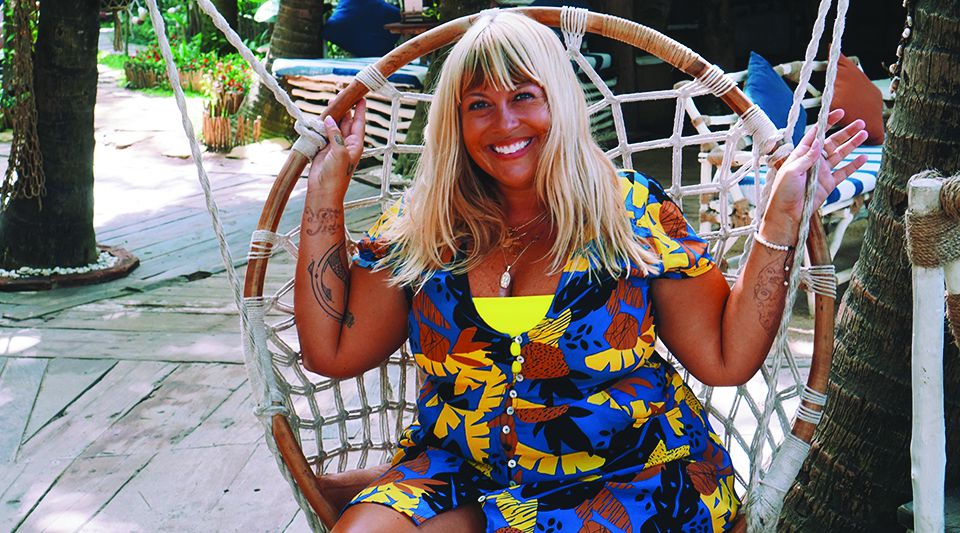
Fashion + Beauty
Unretouched—How Heather Caye Brown Disrupted the Swimwear Industry from Iowa
Heather Caye Brown always knew she wanted to be a designer. When she found out she wanted to spend the remainder of her life in a bikini, her career as a swimwear designer took off. Here's how she founded NIGHT DIVE from her home in Iowa.
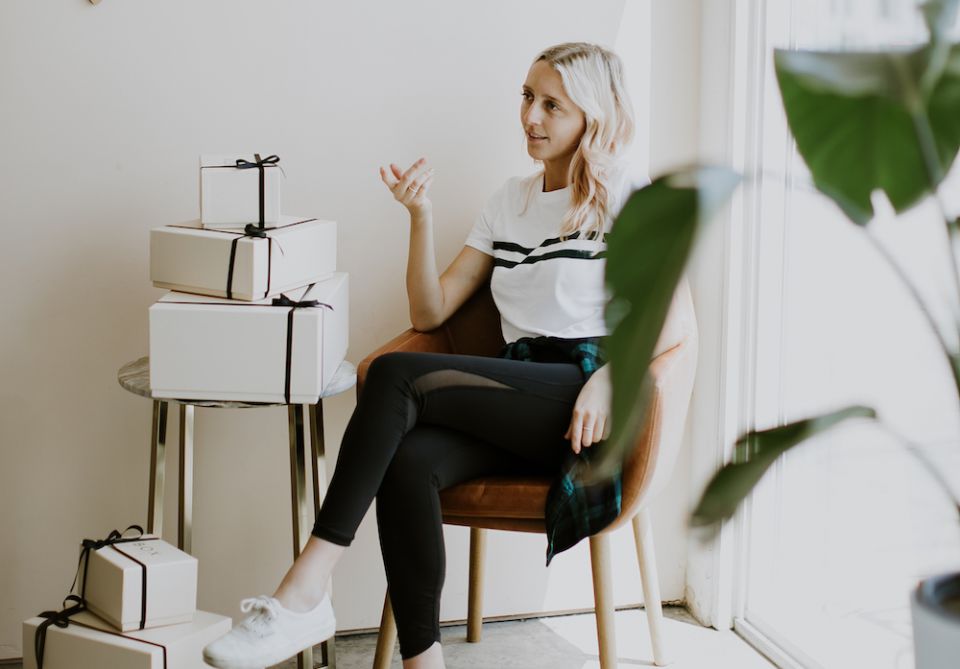
Fashion + Beauty
Disrupting the Gift-Giving Model with Co-Founder and CEO of BOXFOX
Chelsea Moore of BOXFOX joins us to talk about the gift-giving industry, about being a young leader, and how to work with friends.
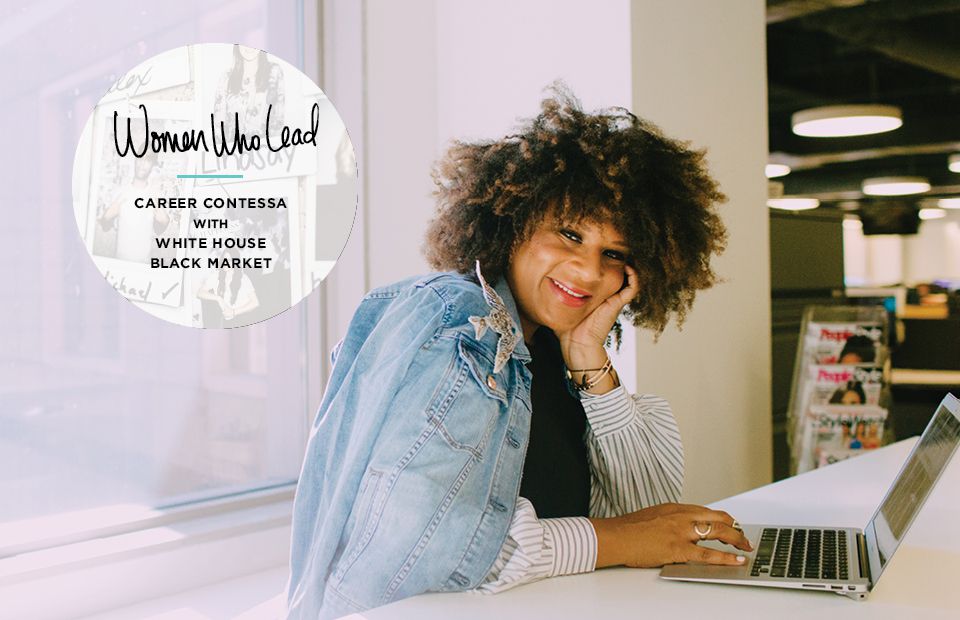
Media, Fashion + Beauty
Women Who Lead: Julee Wilson, Fashion & Beauty Director at ESSENCE Magazine
On what working in fashion media is really like and why balance doesn't exactly exist.
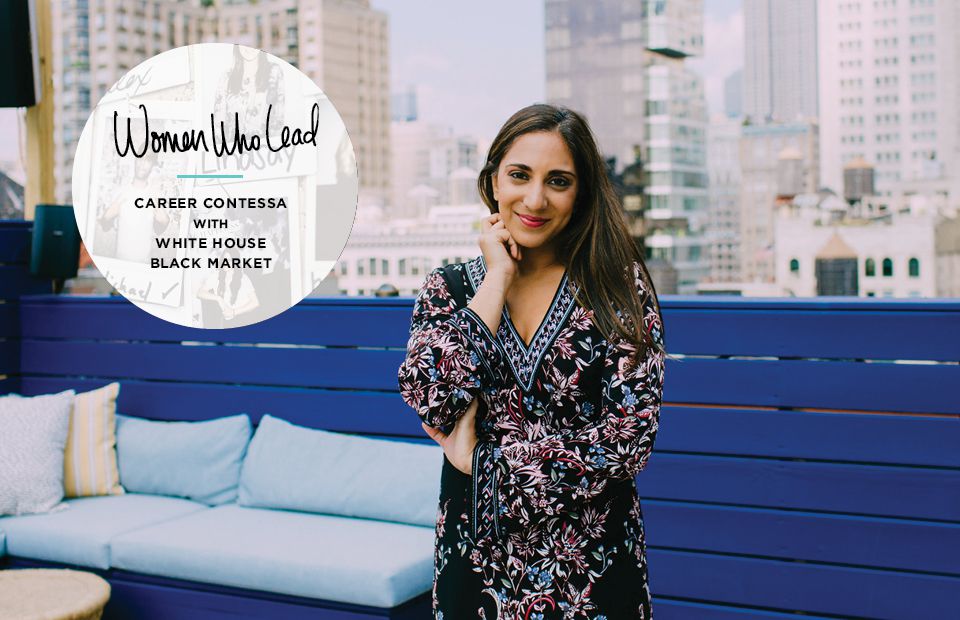
Media, Travel + Hospitality
Women Who Lead: Hitha Palepu of Hitha on the Go
On traveling for work, travel as work, and everything in between.
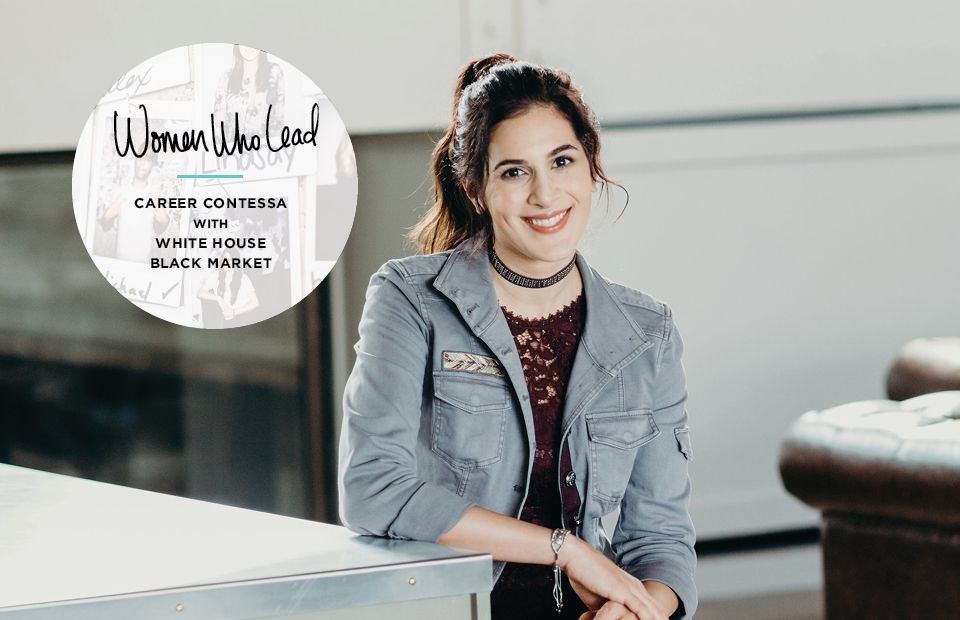
Media, Food + Beverage
Women Who Lead: Cynthia Samanian of Confetti Kitchen
From finance to foodie, Cynthia isn't afraid of risks—she's afraid of not taking them.
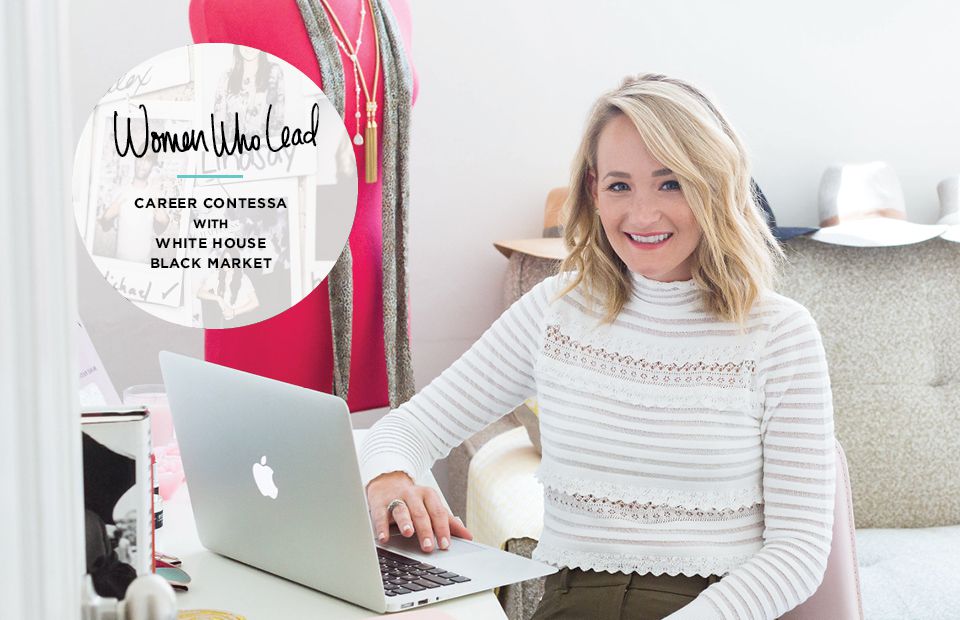
Media, Fashion + Beauty
Women Who Lead: Ashley Fultz of The Style Editrix
Ashley's showing us how motherhood and building a full-time career as a blogger can—and should—coexist.
Get the Best Career Advice Delivered To Your Inbox
Join our newsletter to stay in the loop.
